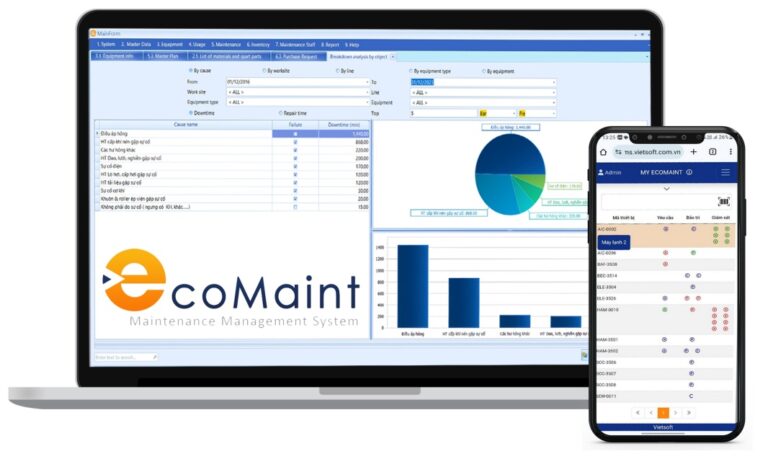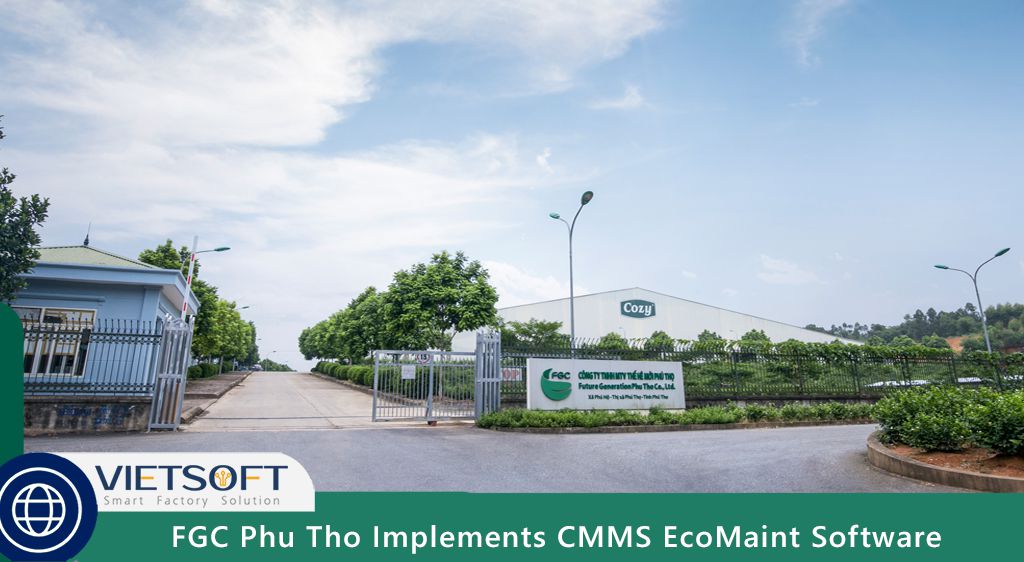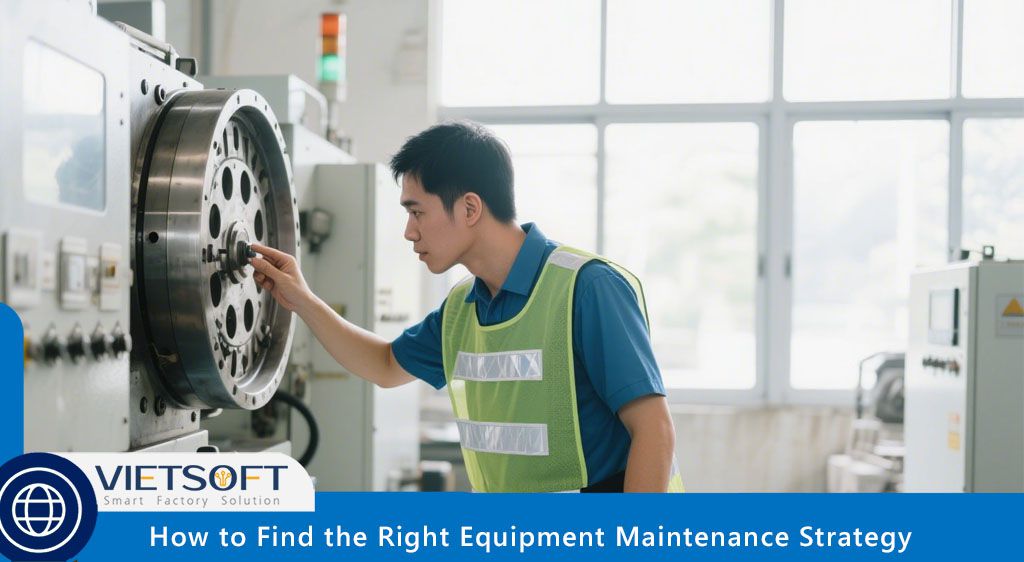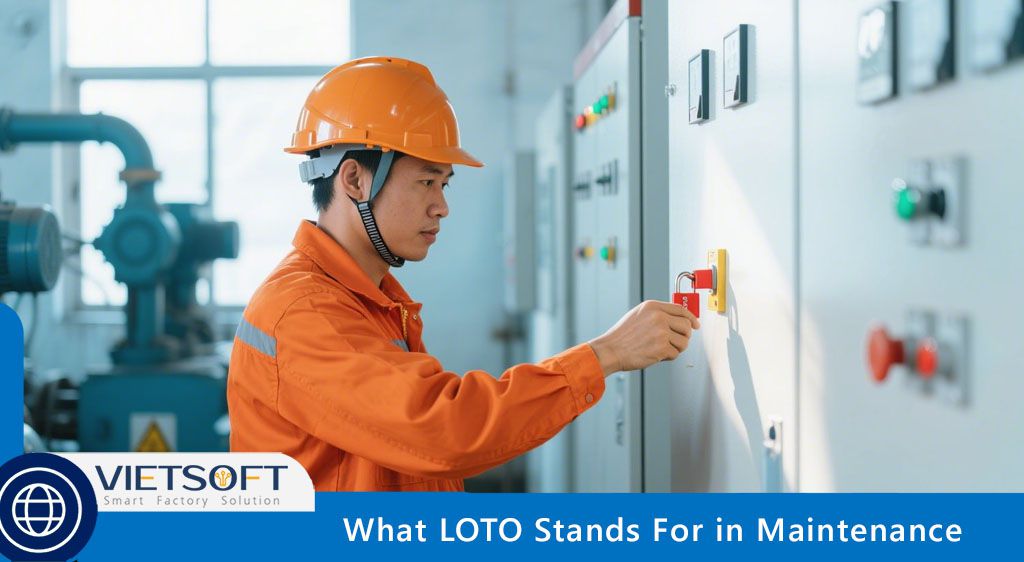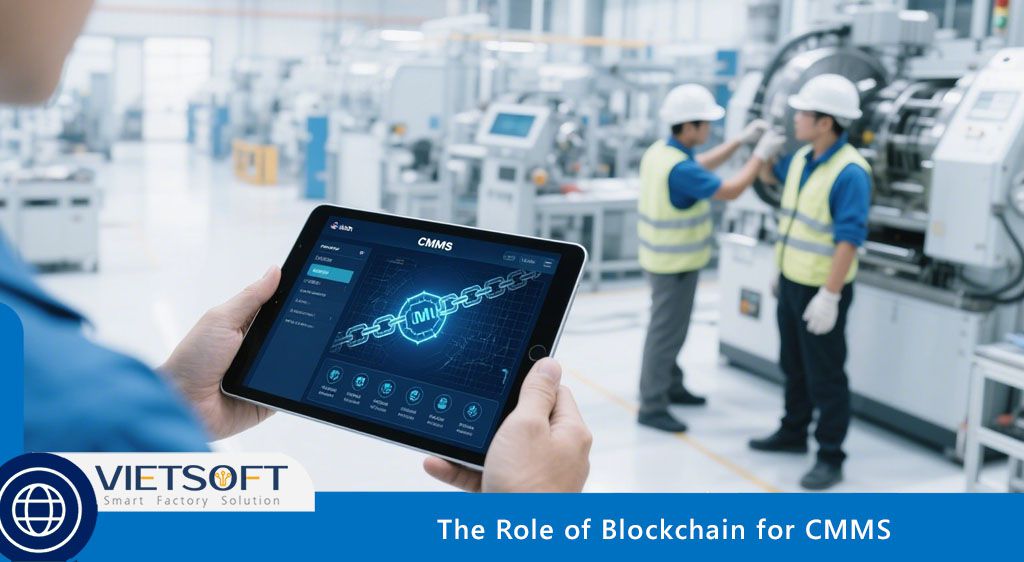
In the fast-evolving world of industrial maintenance, ensuring data integrity, transparency, and compliance is critical for operational success. Imagine a scenario where a regulatory auditor requests maintenance records from three years ago, and instead of scrambling through fragmented or unreliable data, you provide a tamper-proof, fully traceable digital ledger. This is the transformative power of Blockchain for CMMS (Computerized Maintenance Management Systems). By integrating blockchain technology, maintenance teams can achieve unparalleled security, efficiency, and trust in their operations. This article explores how blockchain is reshaping CMMS, its benefits, implementation strategies, and its future potential.
I. What is Blockchain Technology in the Context of CMMS?
Blockchain is a decentralized, distributed ledger technology that records transactions across multiple nodes in a secure, transparent, and immutable manner. Each transaction forms a “block,” cryptographically linked to the previous one, creating a chain that cannot be altered without consensus from the network. In the context of CMMS, blockchain for CMMS ensures that maintenance records—such as work orders, repairs, and asset histories—are securely stored, verified, and accessible to authorized stakeholders.
Unlike traditional centralized databases, blockchain distributes data across a network of nodes, eliminating single points of failure and enhancing security. For maintenance teams, this means a maintenance logbook that is simultaneously stored in multiple secure locations, with every entry requiring validation from trusted parties. This ensures that records are not only accurate but also resistant to tampering, a critical factor in industries like manufacturing, aviation, and pharmaceuticals.
II. Why Blockchain Matters for Maintenance Management
Maintenance operations often face challenges such as data silos, compliance risks, and disputes over service records. A blockchain-enabled CMMS addresses these by providing:
- Immutable Records: Once a maintenance event is recorded, it cannot be altered, ensuring a reliable audit trail.
- Transparency: All authorized parties—technicians, managers, vendors, and auditors—access the same verified data, reducing disputes.
- Automation: Smart contracts automate repetitive tasks like work order creation or compliance checks, minimizing human error.
- Traceability: Blockchain tracks every asset’s history from procurement to retirement, supporting warranty claims and lifecycle analysis.
For example, consider a pharmaceutical facility facing an FDA audit. With blockchain, every maintenance record is timestamped, verified, and accessible, simplifying compliance and reducing the risk of fines or operational shutdowns.
III. Core Architecture of Blockchain-Enabled CMMS
A blockchain-enabled CMMS operates through a layered architecture that seamlessly integrates with existing systems while enhancing security and functionality. Here’s a breakdown of the key components:
1. Smart Contracts: Automating Maintenance Workflows
Smart contracts are self-executing programs on the blockchain that automatically trigger actions when predefined conditions are met. For instance, if a machine’s IoT sensor detects overheating, a smart contract can instantly generate a work order, assign it to a technician, and order replacement parts. This eliminates delays and manual errors. Companies like IBM have implemented blockchain-based smart contracts to automate warranty claims, ensuring claims are processed without paperwork or disputes.
2. Distributed Ledger: Secure Data Storage
The blockchain network acts as a distributed ledger, storing maintenance records across multiple nodes. Think of it as having critical data backed up in multiple secure locations. If one node fails, the data remains accessible and intact, ensuring continuity and resilience.
3. Integration Layer: Bridging Legacy Systems
The integration layer connects existing CMMS or ERP systems to the blockchain network. This ensures organizations can leverage blockchain’s security without abandoning familiar interfaces. APIs and middleware synchronize data, maintaining consistency during the transition.
4. User Interface: Actionable Insights
The user dashboard provides a clear view of maintenance activities, performance trends, and compliance status. Every data point is verified by the blockchain, giving maintenance teams confidence in their decision-making.
IV. Key Benefits of Blockchain for CMMS
The adoption of blockchain for CMMS is driven by its ability to address critical maintenance challenges. Here are six transformative advantages:
1. Immutable Maintenance Records for Compliance
Blockchain creates a permanent, tamper-proof record of all maintenance activities, from work order creation to equipment retirement. This is invaluable during regulatory audits in industries like aviation, where compliance with strict standards is non-negotiable. Immutable records reduce liability risks and provide irrefutable evidence for legal or insurance purposes.
2. Enhanced Multi-Vendor Collaboration
In complex maintenance ecosystems, multiple vendors and teams need to access and update records. Blockchain ensures all parties see the same validated data, reducing disputes over completed work and minimizing administrative overhead. For example, a supplier and a maintenance team can both verify parts replacement records in real-time.
3. Automated Compliance and Auditing
Smart contracts monitor maintenance activities against regulatory standards, flagging non-compliance and generating real-time audit reports. This eliminates manual tracking, reduces documentation gaps, and streamlines oversight, saving time and resources.
4. Optimized Asset Lifecycle Management
Blockchain maintains comprehensive, tamper-proof histories of assets, including maintenance activities, performance metrics, and part replacements. This data supports warranty claims, resale negotiations, and lifecycle cost analysis, enabling better strategic decisions.
5. Cost Savings Through Transparency
By creating a single, validated source of truth, blockchain eliminates redundant data and prevents fraudulent maintenance claims. This ensures accountability and reduces costs associated with errors or disputes.
6. Tamper-Proof Warranty Logs
Blockchain ensures warranty data—such as service history and usage conditions—remains verifiable. In regulated industries, this prevents safety risks, compliance violations, or costly warranty disputes by maintaining an unalterable record.
V. Implementing Blockchain in Your CMMS: A Step-by-Step Guide
Transitioning to a blockchain-enabled CMMS requires careful planning to maximize value and minimize disruption. Here’s an eight-step process based on industry best practices:
1. Assess Current CMMS Capabilities
Evaluate your existing system to identify pain points, such as data integrity issues or compliance gaps. Establish baseline metrics to measure improvement.
2. Define Blockchain Use Cases
Focus on high-impact areas like compliance automation or multi-vendor collaboration where blockchain’s security delivers immediate benefits.
3. Select a Suitable Blockchain Platform
Platforms like Hyperledger Fabric or VeChain are tailored for maintenance applications. Ensure compatibility with your CMMS, ERP, and IoT systems.
4. Design Smart Contracts
Develop automated workflows for critical processes like work order approvals or parts ordering. Test thoroughly to ensure reliability.
5. Establish Network Governance
Define participant roles, data privacy policies, and access controls to comply with industry regulations.
6. Integrate with Existing Systems
Use APIs and middleware to connect blockchain with legacy systems, ensuring data consistency during the transition.
7. Train Teams
Educate staff on the system’s benefits and usage, focusing on value rather than technical complexity to drive adoption.
8. Deploy Through Controlled Pilots
Start with non-critical assets to test performance, refine processes, and scale implementation gradually.
VI. Overcoming Blockchain CMMS Implementation Challenges
While blockchain for CMMS offers significant benefits, organizations must address several challenges:
1. Technical Complexity and Integration
Blockchain requires specialized expertise, but platforms like blockchain-as-a-service (BaaS) providers simplify integration. These services offer managed solutions, reducing the need for in-house blockchain expertise.
2. Performance and Scalability
High-volume maintenance operations may face delays due to blockchain’s processing demands. Layer-2 solutions or hybrid architectures combining blockchain security with traditional database performance can mitigate this.
3. Change Management and User Adoption
Resistance to new processes is common. Comprehensive training, gradual implementation, and clear communication about benefits (e.g., reduced workload, enhanced compliance) can ease the transition.
4. Regulatory and Compliance Uncertainty
Collaborate with legal experts and participate in industry consortia to align with evolving blockchain standards for maintenance.
5. Data Privacy Across Vendors
While blockchain promotes transparency, sensitive data must be protected. Permissioned networks and enterprise-grade encryption ensure only authorized parties access specific records.
VII. Real-World Applications of Blockchain in Maintenance
Blockchain maintenance records are transforming industries like manufacturing, aerospace, pharmaceuticals, and food processing. Here are practical examples:
- Pharmaceuticals: Blockchain ensures FDA-compliant audit trails, with immutable records of equipment maintenance, preventing disputes during inspections.
- Aerospace: Tamper-proof logs of aircraft maintenance reduce safety risks and support regulatory compliance.
- Automotive: Blockchain tracks parts provenance, ensuring authenticity and enabling recalls with precise maintenance histories.
- Food Processing: Transparent records of equipment cleaning and maintenance ensure compliance with health regulations.
For instance, a manufacturing plant using blockchain can trace a faulty component’s maintenance history back to its installation, identifying issues quickly and avoiding costly recalls.
VIII. The Future of Blockchain for CMMS
The future of blockchain for CMMS is poised for innovation, driven by convergence with emerging technologies:
- AI and IoT Integration: Blockchain-verified sensor data will feed AI-driven predictive maintenance, enabling proactive repairs based on real-time equipment performance.
- Digital Twins: Combining blockchain with digital twins creates comprehensive asset models, blending immutable maintenance histories with real-time monitoring.
- Tokenized Incentives: Maintenance teams could earn tokenized rewards for timely, accurate reporting, gamifying compliance.
- Industry Consortia: Organizations will share anonymized maintenance data via blockchain to benchmark performance while maintaining confidentiality, protected by quantum-resistant cryptography.
These advancements will enable autonomous maintenance decisions, turning data into actionable insights for operational excellence.
IX. Vietsoft’s CMMS EcoMaint: A Blockchain-Ready Solution
For organizations looking to leverage blockchain for CMMS, Vietsoft’s CMMS EcoMaint offers a robust platform to streamline maintenance workflows. Designed with modern maintenance needs in mind, EcoMaint integrates seamlessly with emerging technologies like blockchain, ensuring data integrity and operational efficiency. Curious about how EcoMaint can transform your maintenance strategy? Learn more about CMMS EcoMaint here.
Contact us via hotline: 0986778578 or email: sales@vietsoft.com.vn.
X. Conclusion: Building Trust Through Blockchain CMMS
Blockchain technology is revolutionizing maintenance management by providing tamper-proof records, automated workflows, and transparent data sharing. For maintenance professionals, this means reduced compliance risks, lower administrative costs, and data-driven decisions that extend asset lifespans and boost efficiency. In industries with complex supply chains or stringent regulations, blockchain for CMMS delivers measurable ROI through enhanced accountability and streamlined processes.

